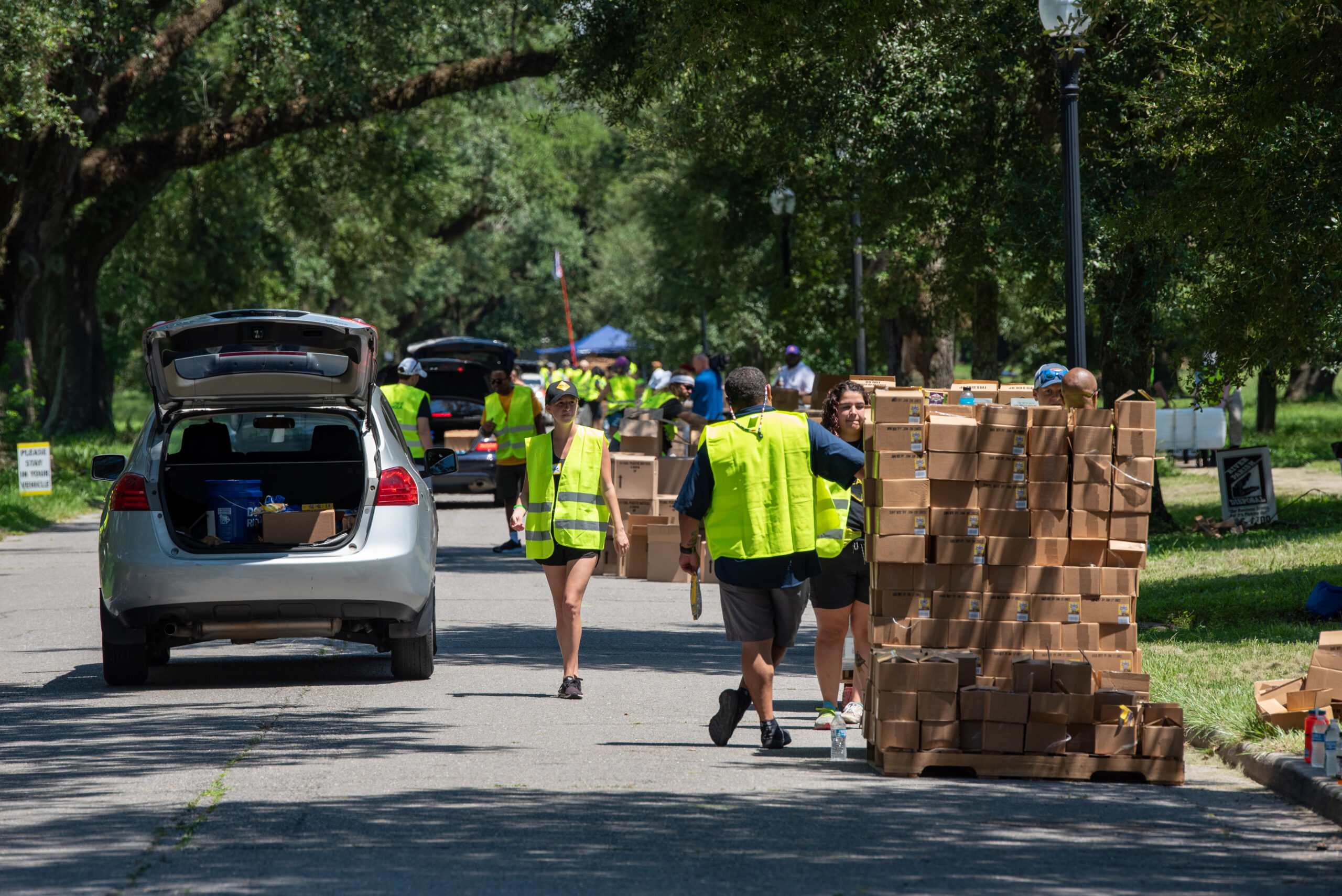
Disaster Preparedness Fund

Natural hazards are increasing in frequency and intensity, with the resulting disasters worsening for communities across the country and around the world. Disaster preparedness is critical if we hope to support equitable, long-term recovery.
Disasters don’t wait for us to be ready. The best time to prepare isn’t when danger is near; it’s when it feels far away.
When a disaster is not on the immediate horizon or has faded from memory, it is easy to overlook the preparations that organizations and communities can make to mitigate the loss of life and property and facilitate effective disaster response and recovery.
Not only can preparation mitigate the devastation of a disaster by protecting lives and properties, but it is also economically advantageous. A study by the U.S. Chamber of Commerce, Allstate and the U.S. Chamber of Commerce Foundation identified that every $1 invested in preparedness and resilience can save up to $13 in economic impact and disaster recovery costs. However, despite data showing the effectiveness of preparedness and resilience in reducing the overall cost of disasters, we know that a very small proportion of philanthropy’s disaster giving supports preparedness.
CDP’s Measuring the State of Disaster Philanthropy 2024 found that while 66.1% of institutional philanthropic disaster giving in 2022 went toward response and relief, just 3.4% supported preparedness.
We created the Disaster Preparedness Fund to address the lack of attention and financial support for this critical issue.
(Photo: The distribution line at Culture Aid NOLA’s July Supply. July Supply was a disaster preparation distribution event supported by CDP. Credit: James Cullen.)
Effective preparedness and risk reduction enable a more organized and fair response, ensuring that recovery efforts are inclusive and address the specific needs of diverse populations, thereby fostering resilience and equity in the face of adversity.
Investing in preparedness and risk reduction saves lives, protects livelihoods and shields communities from the immense stress and harm of enduring the full brunt of a disaster. It is a proactive, dignified approach to aid that empowers people to lead their own recovery, preserving hard-won progress and ensuring a more sustainable future.
Priority funding focus areas
Foundational preparedness activities include pre-positioned funding, disaster risk reduction workshops, community infrastructure development in vulnerable and at-risk communities as well as strengthening mutual aid networks, ensuring insurance access, pre-positioning supplies, providing direct cash assistance and improving livelihoods, and capacity strengthening for local nonprofit organizations, supporting agencies, community groups and resilience hubs.
Innovative approaches like climate change adaptation and anticipatory action are key to building resilience. Climate change adaptation reduces vulnerability to impacts of extreme weather and sea-level rise through improved agriculture, water and land management practices. Anticipatory action leverages early warning systems and provides reliable, timely resources to help shore up the risk mitigation activities communities already implement and identify gaps that still need support.
We will support preparedness and risk reduction programs identified by our experts in partnership with those in affected communities, such as:
- Investment in technology for deploying early warning systems, predictive analytics, and other technological tools to improve disaster preparedness and response.
- Educational campaigns and training programs that teach communities about disaster preparedness, response and recovery strategies.
- Provision of resources and training for local emergency responders, disaster management professionals and volunteers to improve their skills and effectiveness.
- Investment in community resilience programs, such as urban planning initiatives that consider disaster risks and promote sustainable development practices.
- Support for networks that connect disaster management professionals, researchers and community leaders to share best practices and coordinate efforts.
- Support projects for the construction or improvement of critical infrastructure such as flood defenses, earthquake-resistant buildings and storm shelters.
Community- and expert-informed
In consultation with local stakeholders, our team will identify specific disaster preparedness and risk reduction needs and funding gaps in each community, especially in areas affected by recurring natural hazards and hosting marginalized populations.
Prioritize investments in local organizations
CDP grants to locally-led entities as much as possible. When granting to trusted partners with deep roots in targeted communities, more consideration is given to those that empower local and regional stakeholders.
Intersectional racial equity lens
CDP prioritizes giving resources aimed at meeting the needs of populations and individuals who systemic inequities have marginalized.
Thank you to the following donors for their generous support of Disaster Preparedness Fund.
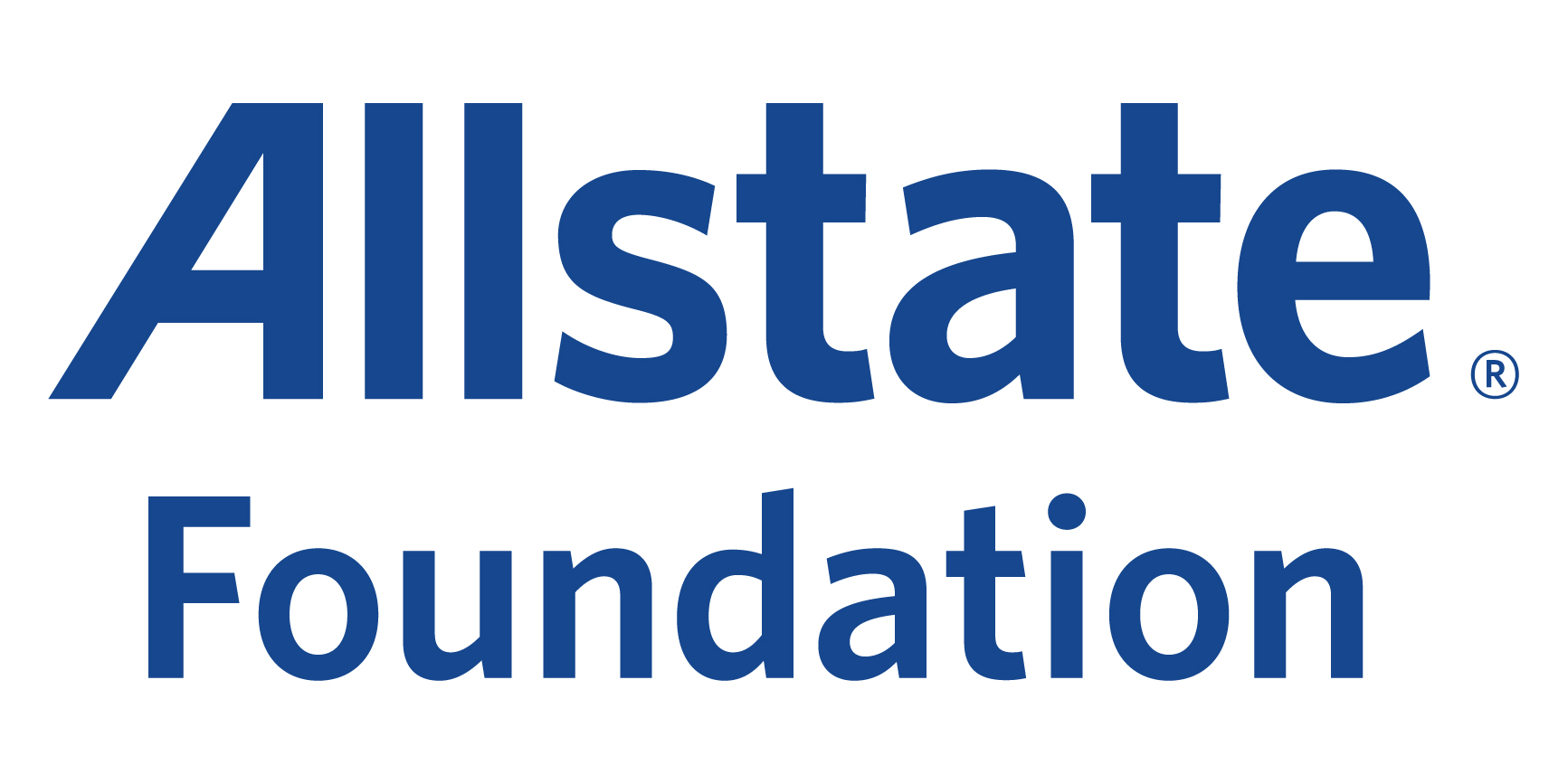

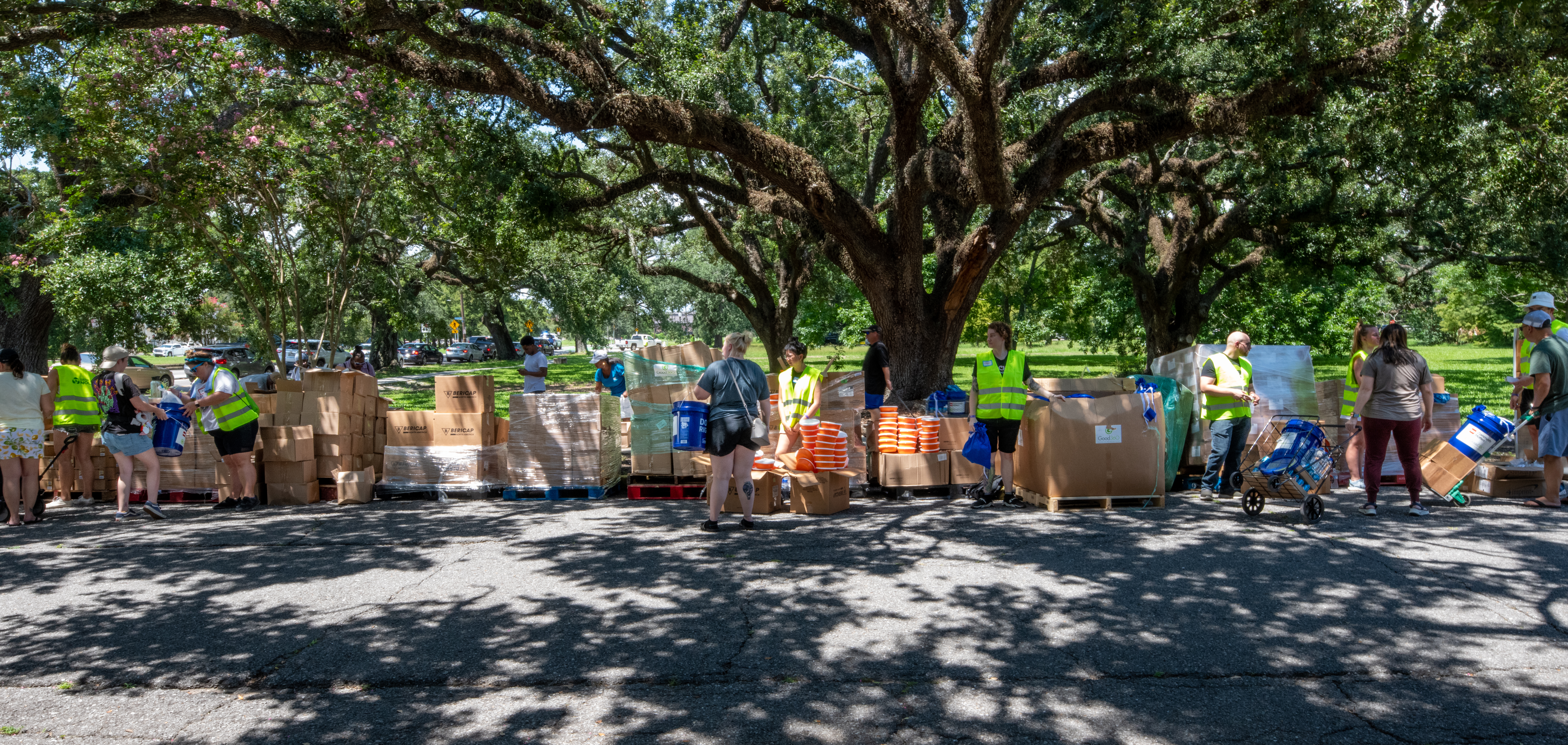
Your support of this fund will have a direct and significant impact on CDP’s efforts to help vulnerable, marginalized and at-risk communities withstand disasters.
Connect with us
For more information on preparedness and to learn about available resources, contact our Domestic Funds Team or International Funds Team.
To make a donation or learn more about the Fund, please contact our Development Team.
(Photo: Walk-up distribution line at Culture Aid NOLA’s July Supply event in July 2022. Credit: James Cullen.)
Fund updates

Disaster preparedness: Individuals, organizations and communities benefit from planning ahead
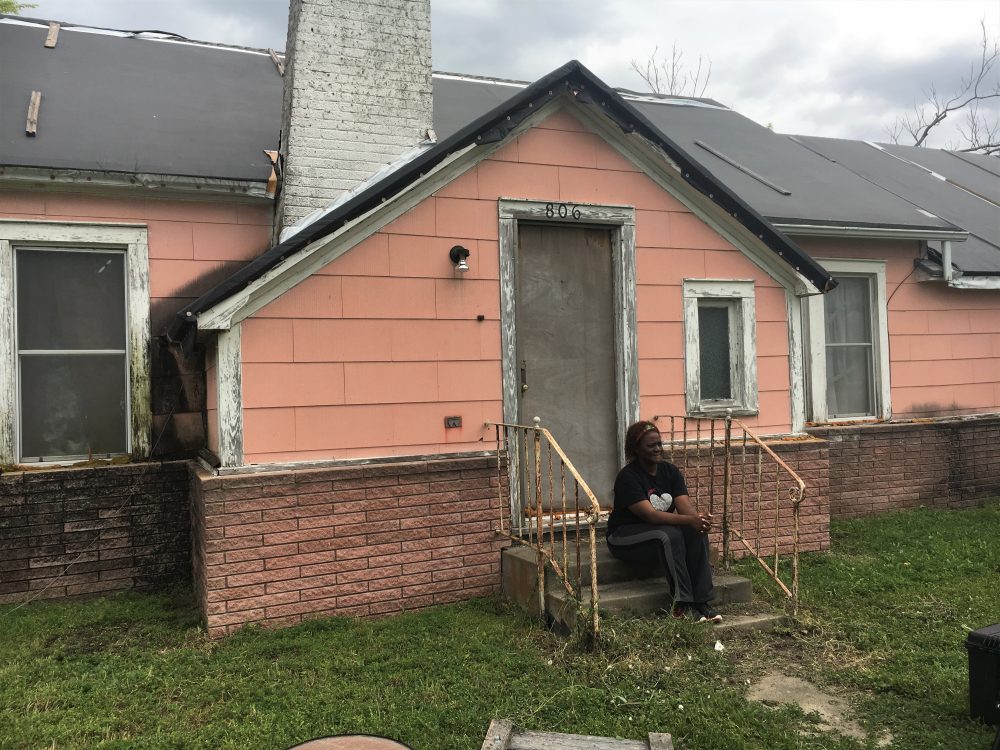
Housing and insurance gaps hinder disaster recovery
Resources

Disaster Phases
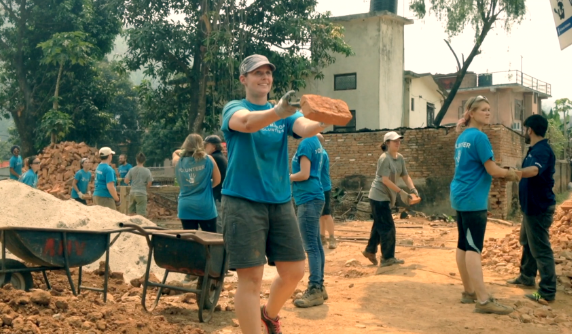
Resilience
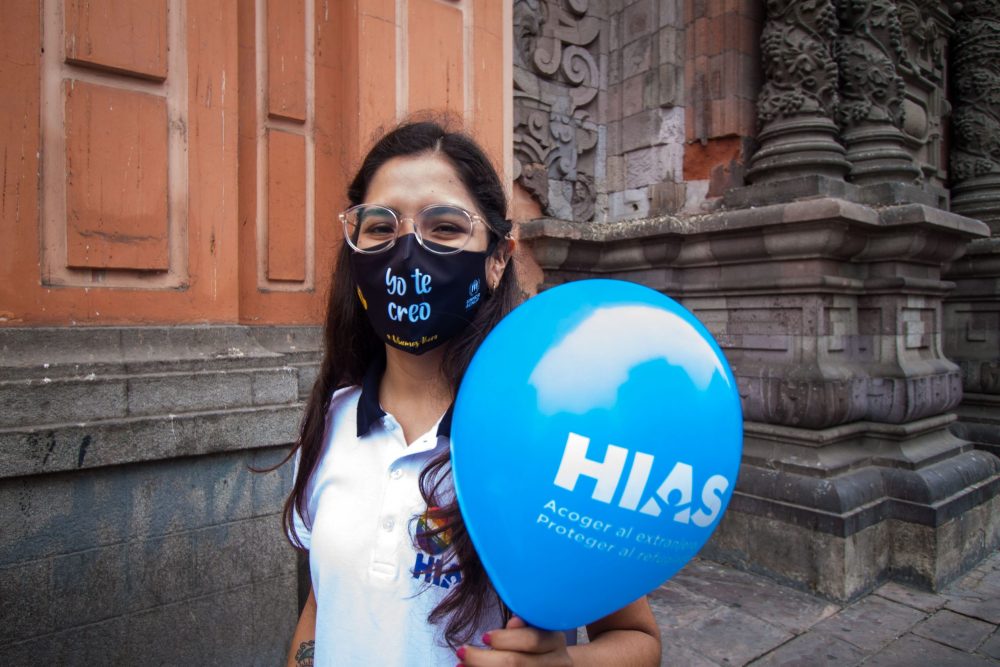
Is your community prepared for a disaster?
Explore the Disaster Playbook